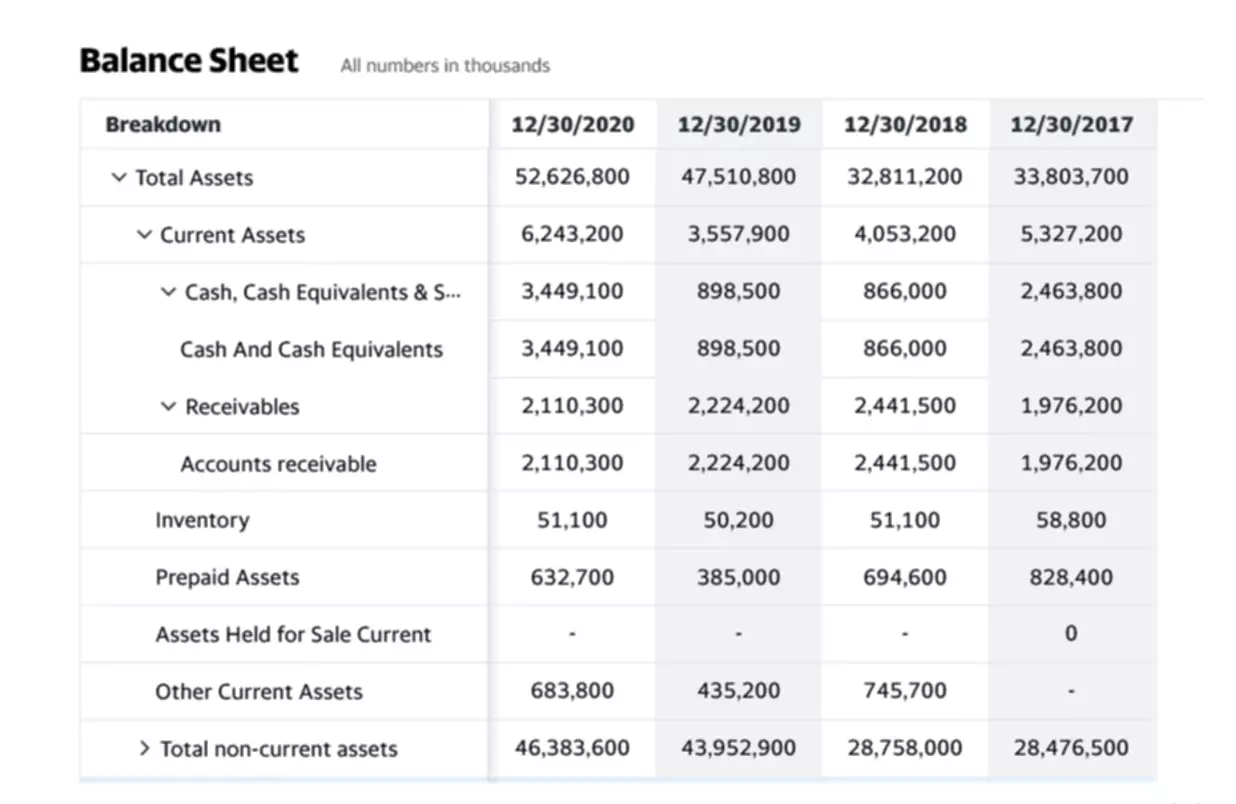Straight-Line Depreciation Method Explained w Full Example
Content
- How to Calculate Straight Line Depreciation (Step-by-Step)
- Join over 140,000 fellow entrepreneurs who receive expert advice for their small business finances
- Straight Line Depreciation Video
- Step 5: Multiply Your Depreciation Rate by the Asset’s Depreciable Cost
- Pros and cons of the straight line depreciation formula
- Visualizing the Balances in Equipment and Accumulated Depreciation

If the Date in service is after the 15th, then $0 is charged in the first month of life and an ‘extra’ month is added to the asset’s useful life to charge the amount not charged in the first month of life. The combination of an asset account’s debit balance and its related contra asset account’s credit balance is the asset’s book value or carrying value. Find the asset’s yearly depreciation amount using the straight line depreciation method. Dividing the asset’s book value by its useful life will give you the amount that your asset will depreciate each year (or quarter, month, or other time period you’ve chosen to use).
Use a depreciation factor of two when doing calculations for double declining balance depreciation. Regarding this method, salvage values are not included in the calculation for annual depreciation. However, depreciation stops once book values drop to salvage values. There are a lot of reasons businesses choose to use the straight line depreciation method.
How to Calculate Straight Line Depreciation (Step-by-Step)
In our example, the double-declining balance percentage would be 20%, so in the first year, an asset purchased for $5,000 would depreciate by $1,000. The double-declining balance depreciation method is used to accelerate depreciation so that the asset’s recorded value lost is higher toward the beginning of its useful life and lower toward the end of it. Straight line depreciation calculator uses a formula by subtracting the salvage price of an asset from its purchase price, then dividing this number by the number of years of the asset’s useful life. This formula will give you the dollar amount by which the item’s value will decrease each year. One way to calculate depreciation is to spread the cost of an asset evenly over its useful life; this is called straight line depreciation.
- If a company issues monthly financial statements, the amount of each monthly adjusting entry will be $166.67.
- You can use a basic straight-line depreciation formula to calculate this, too.
- Are reduced by $ and moved to the Property, plant, and equipment line of the balance sheet.
- In a nutshell, the depreciation method used depends on the nature of the assets in question, as well as the company’s preference.
- Not all assets are purchased conveniently at the beginning of the accounting year, which can make the calculation of depreciation more complicated.
- Cash and paper money, US Treasury bills, undeposited receipts, and Money Market funds are its examples.
Depreciable life of the asset in years, specified as a scalar numeric. Harold Averkamp has worked as a university accounting instructor, accountant, and consultant for more than 25 years. He is the sole author of all the materials on AccountingCoach.com. Take this quiz to test your knowledge of the ins and outs of business insurance.
Join over 140,000 fellow entrepreneurs who receive expert advice for their small business finances
If you release an earnings statement and later have to issue a correction, for example, it can impact shareholder confidence and cause your stock price to drop. In a worst-case scenario, you could face penalties from the SEC. When it comes to calculating depreciation with the straight-line method, you must refer to the IRS’s seven property classes to determine an asset’s useful life. These seven classes are for property that depreciates over three, five, seven, 10, 15, 20, and 25 years.
How Do I Calculate Depreciation For Taxes? – Yahoo Finance
How Do I Calculate Depreciation For Taxes?.
Posted: Sun, 29 Jan 2023 08:00:00 GMT [source]
Accumulated depreciation is a contra asset account, so it is paired with and reduces the fixed asset account. First and foremost, you need to calculate the cost of the depreciable asset you are calculating straight-line depreciation for.
Straight Line Depreciation Video
In the article, we have seen how the straight-line depreciation method can depreciate the asset’s value over the useful life of the asset. It is the easiest and simplest method of depreciation, where the asset’s cost is depreciated uniformly over its useful life. Accumulated DepreciationThe accumulated depreciation of an asset is the amount of cumulative depreciation charged on the asset from its purchase date until the reporting date. It is a contra-account, the difference between the asset’s purchase price and its carrying value on the balance sheet. The estimated useful life value used in our calculations are for illustration purposes. If you are calculating depreciation value for tax purposes, you should get the accurate, useful life figure from the Internal Revenue Agency .
If you’re using the wrong straight line depreciation or debit card, it could be costing you serious money. Our experts love this top pick, which features a 0% intro APR until 2024, an insane cash back rate of up to 5%, and all somehow for no annual fee. According to the straight-line method of depreciation, your wood chipper will depreciate $2,400 every year.
